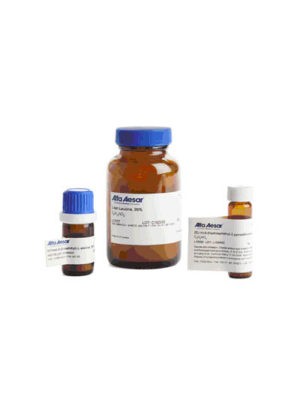Phosphines

Phosphines
Phosphines (also referred to as phosphanes) are a class of organophosphorus compounds represented by the formula PR3 (R = hydrogen or alkyl or aryl). They are classified as primary, secondary and tertiary phosphines and are represented by the formula RPH2, R2PH and R3P. Examples include triphenylphosphine [(C6H5)3P], tri-n-butylphosphine, and BINAP (2,2′-bis(diphenylphosphino)-1,1′-binaphthyl), and triisopropylphosphine. Phosphines are used extensively in organophosphorous chemistry primarily as intermediates.
Phosphines are commonly used as ligands to form metal complexes such as Wilkinson’s catalyst [Rh(PPh3)3Cl] and Grubbs’ catalyst. Phosphine ligands are useful as catalysts in reactions involving alkynes, carbon monoxide, and alcohols. The nucleophilic catalysts used in the dimerization of enones for the RauhutCurrier reaction are phosphines. Phosphines are also used in the conversion of azides to amines, and alcohols into esters, in the Staudinger reduction, and in the Mitsunobu reaction, respectively. Phosphines are also employed as a dopant and deposition precursor in the semiconductor industry. The organophosphines form coordination complexes with various metal ions, and therefore they can be used as catalysts in many chemical reactions. Metal complexes with chiral phosphines can be used as catalysts to achieve enantio- or diastereoselectivity.


